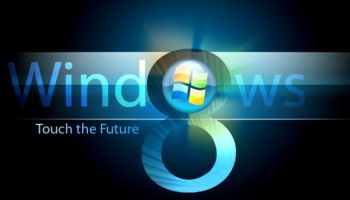

Microsoft continues to provide sneak peaks into the build process of Windows 8, and has provided details of its easy interoperability with two popular file-storage formats.
“The trend of incredibly large- and small-form-factor hard discs means we can store ever increasing amounts of data without worrying about running out of capacity,” Rajeev Nagar, group program manager for Windows’ Storage and File Systems team, wrote in an 30 August posting on the Building Windows 8 blog.
“Windows 8 enables easy access to the contents of two important storage formats, ISO and VHD files.”
ISO stands for International Organization for Standardization, which publishes standards for organising content on media such as DVDs. With these standards in place, that content is transferable between systems such as a laptop and a DVD player. “An ISO file is simply a disc image as a file, composed of all the contents of a CD-ROM or DVD disc,” Nagar wrote. “You can also think of an ISO file as a full-fidelity image (digital copy) of the optical disc.”
But discs themselves aren’t exactly in vogue, thanks to the growing popularity of cloud computing and other new technologies. Optical drives also aren’t exactly an omnipresent hardware feature in tablets, and more manufacturers have begun discarding them from ultra-thin laptops.
Microsoft is also intent on streamlining procedures related to the VHD, or Virtual Hard Disk, format. In Windows 8, VHDs will appear as new hard drives, one that users can work with “just like any other file storage in your system.”
Over the past few weeks, the Building Windows 8 blog has focused on everything from support for USB 3.0 to revisions to Windows Explorer to the reasoning behind the user interface.
In addition, Microsoft will almost certainly reveal additional details at September’s BUILD conference. Current rumours suggest Microsoft could hand out quad-core tablets loaded with a test version of Windows 8 to conference attendees.
Windows 8, which is expected to launch sometime in 2012, represents something of a radical departure for Windows. In place of the traditional desktop interface, the upcoming operating system will center on a set of colorful tiles linked to applications. The Windows franchise continues to draw substantial revenues for Microsoft, meaning a commercially successful Windows 8 is one of Redmond’s key priorities.
American space agency prepares for testing of Boeing's Starliner, to ensure it has two space…
As UK and Europe develop closer military ties, European Commission says it will invest €1.3…
Zuckerberg seeks to revive Facebook's original spirit, as Meta launches Facebook Friends tab, so users…
Notable development for Meta, after appeal against 2021 WhatsApp privacy fine is backed by advisor…
First sign of shake-up under new CEO Lip-Bu Tan? Three Intel board members confirm they…
Trump's nominee for SEC Chairman, Paul Atkins, has pledged a “rational, coherent, and principled approach”…